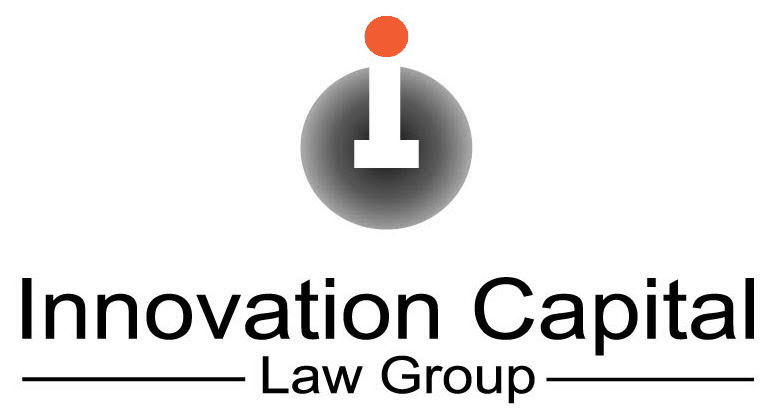What is the meaning of related goods and services?
Likelihood of confusion is one of the biggest obstacles to registering trademarks. In comparing trademarks, examiners will frequently reject one mark for being confusable with another mark even though the respective goods or services appear quite different. The common rationale in a typical Office Action Section 2(d) rejection is that the applicant’s goods or services are related to those of a cited registered trademark. How can you reduce this risk?
Need to register your trademark or overcome an Office Action rejection? Contact US patent and trademark attorney Vic Lin at (949) 223-9623 or email vlin@icaplaw.com to explore how we can help you get your trademark registered.
What are examples of related goods and services?
I have good news and bad news, but mostly bad news. Nowadays, it seems like everything is related. Some of the examples below seem more obvious than others. Here is a list of USPTO trademark filings where particular goods or services were found to be related:
- shoes and footwear related to dresses, jumpsuits and rompers
- clothing related to bath and body care products
- clothing related to entertainment services
- clothing related to entertainment, news and information services
- clothing related to books
- clothing related to jewelry
- clothing and jewelry related to drinkware and tableware
- cosmetics related to leather bags and leather goods
- jewelry related to handbags
- alcohol related to restaurant services
- alcohol related to cigarettes and cigars
- hard cider related to coffee
- wine related to tequila
- candy related to nuts
- vitamins and supplements related to hair and body personal care products
- educational services related to legal services
- food and restaurant services (see below)
What are examples of unrelated products?
Now for some good news. While it appears infrequently these days, it is refreshing to see examples where the USPTO found certain goods or services to be unrelated. Here is a list of USPTO trademark filings where certain goods or services were determined to be unrelated:
- cake unrelated to backpacks, wallets and purses
- sports trading cards unrelated to sports magazines
- cosmetics unrelated to medical lotions
- cosmetics unrelated to flatware, household goods and accessories
- cosmetics unrelated to water bottles
- clothing unrelated to perfume
- barbecue grills unrelated to power cables, battery chargers, wallets, mouse pads and key chains
- tractors unrelated to trailers
When is “something more” required to show the relatedness between goods and services?
Goods and services are commonly found to be related. For example, restaurant services are typically considered related to foods and beverages. That does not mean, however, that a restaurant service mark will always cause a likelihood of confusion with a similar mark for food products, or vice-versa. The fact that restaurants might typically serve dishes or drinks would not automatically make a first mark for restaurant services confusable with a second mark for foods.
An entire line of caselaw has established that “something more” must be shown to show that goods and services related.
Here are cases where “something more” was required and insufficiently shown by the trademark examiner (i.e., the applicant won the argument):
- barbecue sauce and catering services
- wine and restaurant services
- beer and restaurant services
- restaurant services and pasta, noodles
- meat and restaurant services
- olive oil and restaurant services
- healthcare services and printed materials
Likelihood of confusion or possibility of confusion?
Based on the above results, it can seem random as to whether the USPTO will find your goods to be related to a product or service that most people in the real world would consider unrelated. Some connections are more predictable (e.g., food and restaurant).
Others are less obvious. In the real world, would anyone find coffee related to an alcoholic beverage? Those are two different drinks serving diametrically opposite purposes (at least that is what it seems to me). The standard of likelihood of confusion appears to be replaced by the possibility of confusion.
For what it’s worth, the above examples of relatedness are at least instructive. If you plan on applying for a mark for candy, for example, recognize that similar marks for nuts might block your application.
Broad or specific identification of goods and services?
Whether goods are related or unrelated can seem rather random. But, one thing is certain. Careful thought should be given to your goods and services before drafting the identification. There are times to go broad and times to go narrow. Crafting a balanced scope of goods requires strategy.
File multiple trademark applications in series or parallel?
Sometimes it may make sense to file separate applications for the same mark, with each application covering different goods or services. Some strategic planning should be given to whether multiple applications would make sense. If so, should you file them in parallel or in series? Does it make sense to wait for the allowance of one trademark application before filing another?


